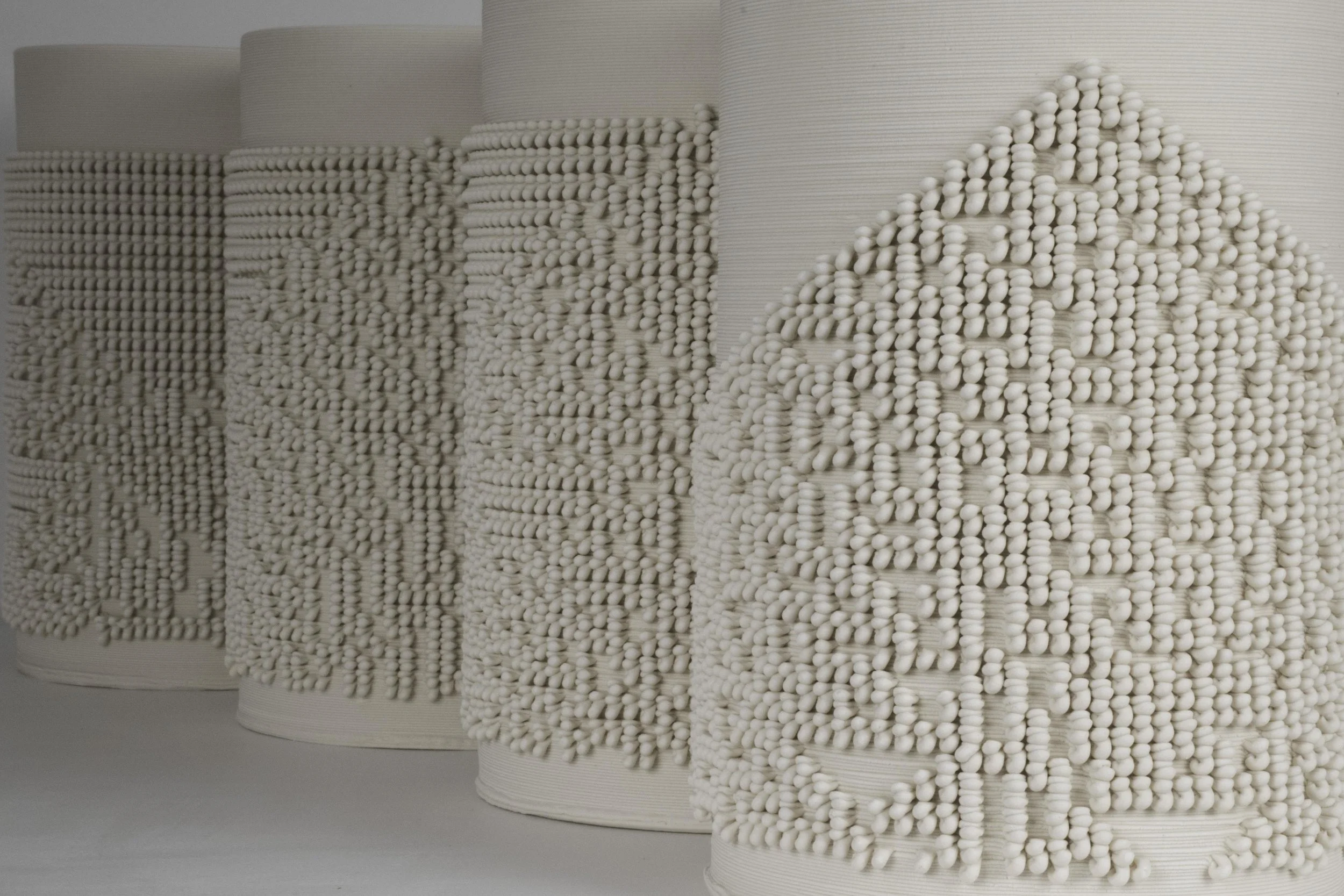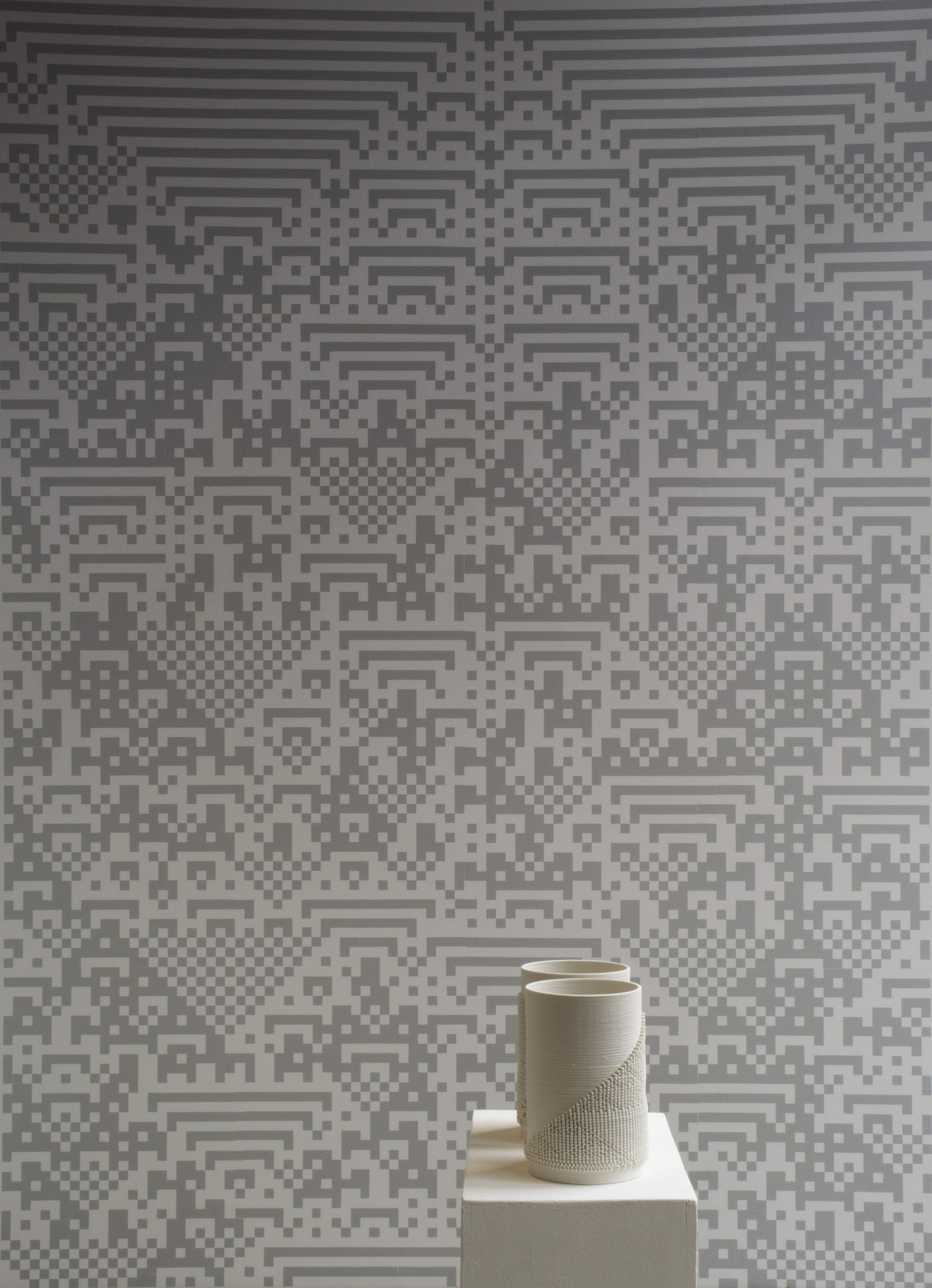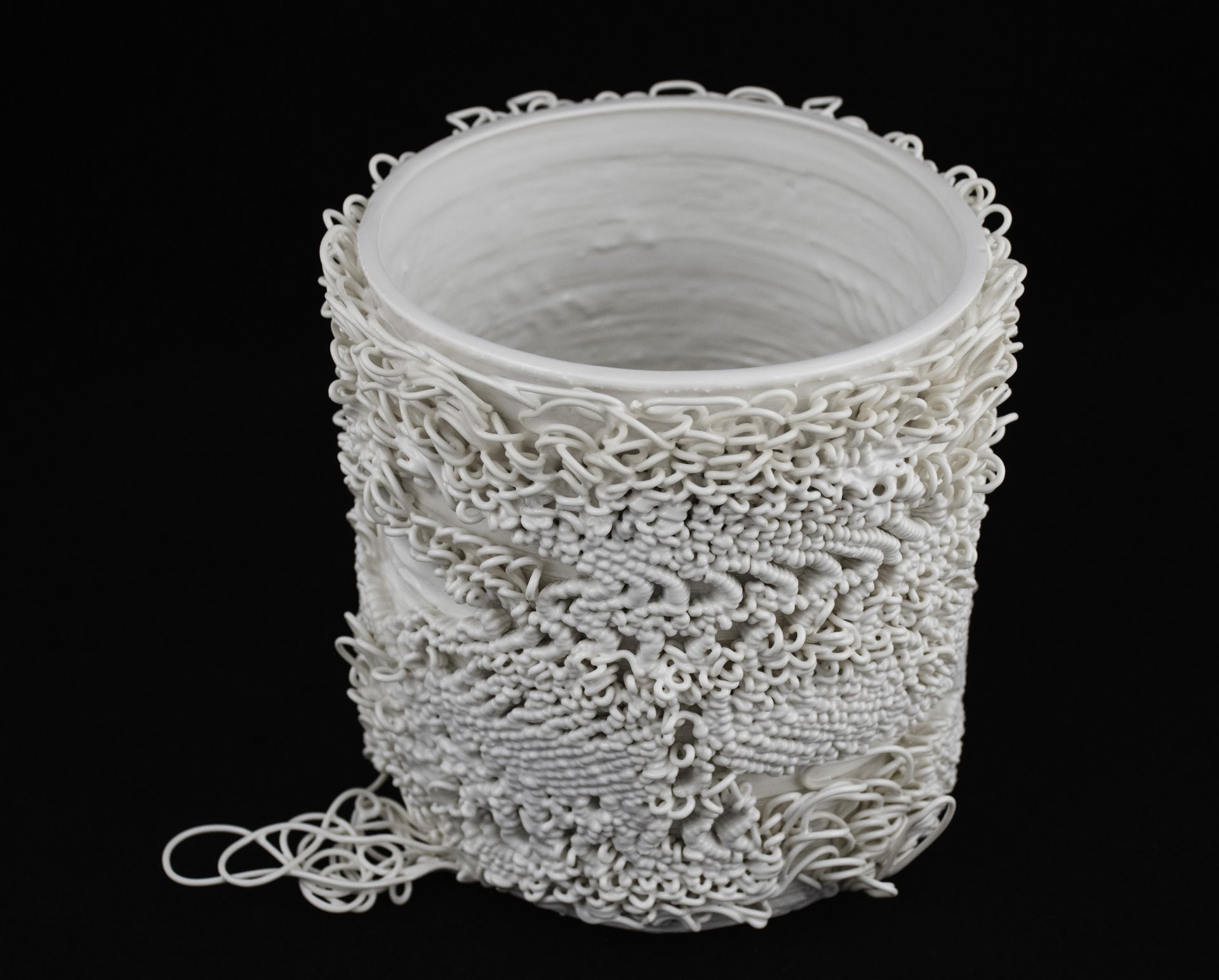CODE
Growing up in a regimented culture, rules and scientific principles have been central to my understanding and navigating the world. To explore the origins of these, I studied philosophy, the history of scientific thought in the age of Renaissance and the Enlightenment. Both are fundamental tenets of the Eurocentric humanist-rational method that I was trained to follow during my years in medical practice. Similarly to classical philosophy, mathematics also draws from the same relentless faith in abstract rational systems and pristine conceptual models, which need not to consider the tangible and lived physical world.
In the form of a binary code / digital algorithm our culture witnesses a new area of rule-governed system behaviors, the challenge of which intrigues me. Rigidity and predictability is often expected but complex code-based systems and mathematical models are also unstable and susceptible to error in the physical world, be those caused by external forces or internal glitches. Simple set of rules repeated long enough can lead to immensely complex patterns, which the human brain is programmed to search for and recognize. But while the rules can be simple and a few, endless iterations almost certainly lead to unforeseen complexities, validity of which may be too difficult for the human mind to monitor. Code Slip explores the Cellular Automata, the mathematical area of modeling with self-replicating rule-based systems, and experiments with creating randomness and error by technological means.
Rule breaking, by accident or by intention, is my focus in the emerging area of ceramic 3D printing. I often collaborate with mathematicians on using algorithmic principles (similar to those used in machine learning and AI) for the creation of novel forms and surfaces. Following the prescribed path of the digital design or an algorithm-generated code, the ceramic 3D printer extrudes a thin coil of soft porcelain and creates each object layer by layer, line by line. The form it makes is dependent on the “materialness” of clay and would not exist and cannot stand without the skilled human hand. In between design and serendipity lies the resulting object, consistent yet unique. Clay, with its own unique materiality challenges all logical and predictable outcomes of the code and ties the resulting object to a rich cultural and social history grounded in the functional, bodily and the abject. Responding to the ceramic tradition of the vessel, my work reinterprets technical, formal and conceptual aspects of digitally aided ceramics and reasserts them in the realm of human physical experience.



